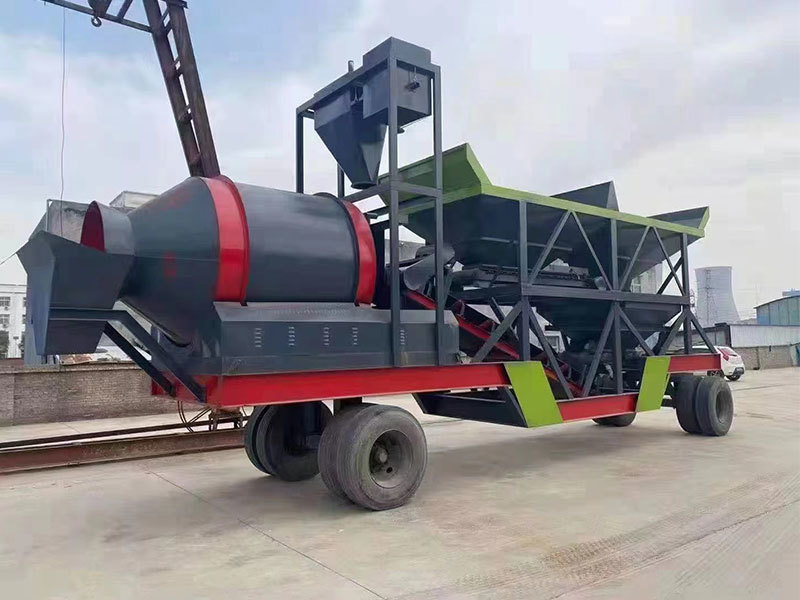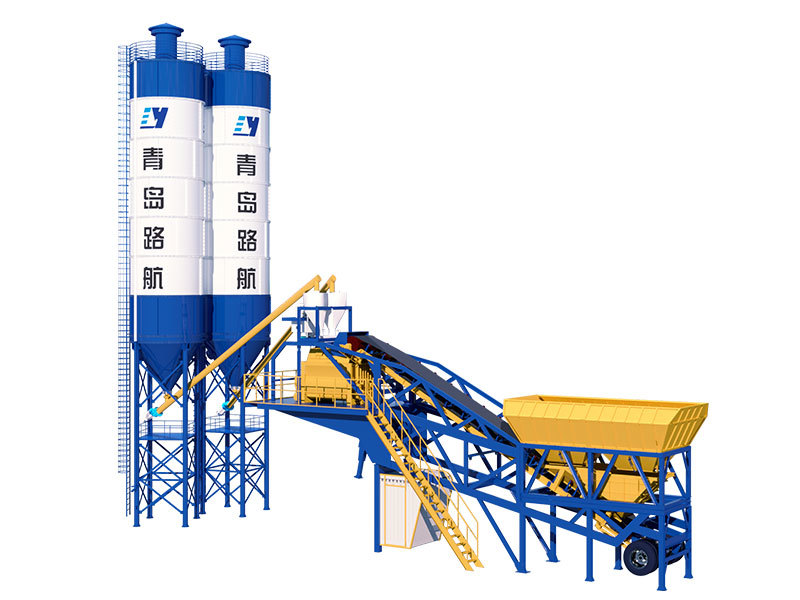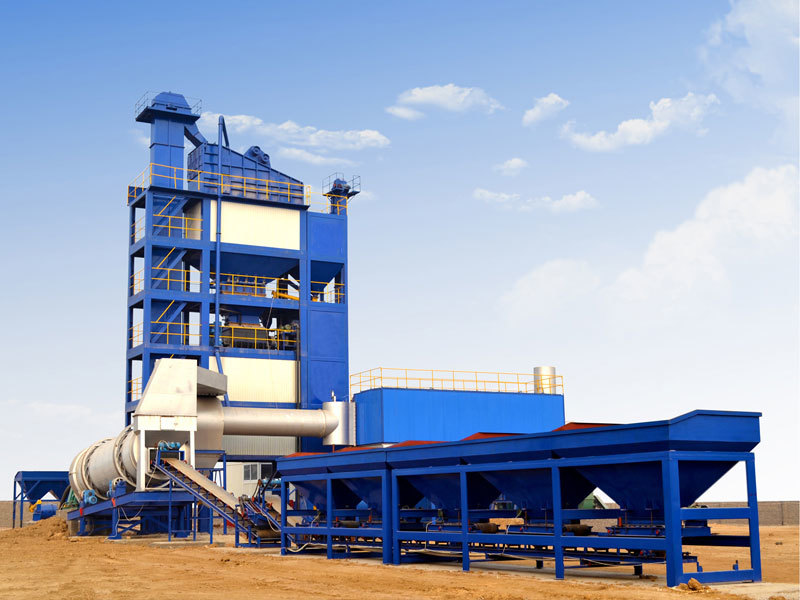The Role of Lorry Mounted Concrete Pumps in Large Scale Projects
Release time:
Jul 19,2025
The Role of Lorry Mounted Concrete Pumps in Large Scale Projects Introduction to Lorry Mounted Concrete Pumps In the realm of modern construction, efficiency and precision are paramount. Lorry mounted concrete pumps have emerged as integral equipment in large scale projects, streamlining the process of concrete placement in various environments. These mobile systems not only enhance productivity

The Role of Lorry Mounted Concrete Pumps in Large Scale Projects
Introduction to Lorry Mounted Concrete Pumps
In the realm of modern construction, efficiency and precision are paramount. Lorry mounted concrete pumps have emerged as integral equipment in large scale projects, streamlining the process of concrete placement in various environments. These mobile systems not only enhance productivity but also ensure that projects adhere to stringent timelines and budget constraints.
Understanding the Mechanism of Lorry Mounted Concrete Pumps
Lorry mounted concrete pumps consist of a pump unit and a truck chassis, allowing for easy transportation and maneuverability around construction sites. The pumps utilize hydraulic systems to move concrete through pipelines to reach elevated or hard-to-access areas. This efficiency reduces the need for manual labor and minimizes the time spent on concrete placement.
Key Components of Lorry Mounted Concrete Pumps
1. **Pump Unit**: This is the heart of the system, responsible for generating the pressure needed to move concrete. Different types of pumps, such as twin-cylinder and single-cylinder pumps, offer varied performance profiles based on project requirements.
2. **Boom System**: The boom is a series of hinged arms that can extend and articulate, allowing the pump to reach considerable heights and distances. This flexibility is crucial for projects involving tall structures or complex layouts.
3. **Pipeline**: The concrete travels through a series of pipes that connect the pump to the pouring point. The size and configuration of these pipes can affect the flow rate and pressure.
4. **Chassis**: Mounted on a truck, the chassis provides mobility and stability. The weight of the truck also contributes to the overall stability of the pump during operation.
Applications of Lorry Mounted Concrete Pumps in Large Scale Projects
Lorry mounted concrete pumps are versatile machines that can be utilized across various sectors, including:
1. High-Rise Building Construction
In high-rise construction, the ability to pump concrete to great heights is crucial. Lorry mounted concrete pumps can efficiently deliver large volumes of concrete to upper floors, significantly reducing the time needed compared to traditional methods.
2. Bridge Construction
The construction of bridges often requires precise concrete placement in challenging locations. With their extendable booms and flexible pipelines, lorry mounted concrete pumps can effectively navigate these complex sites.
3. Infrastructure Projects
From highways to tunnels, large infrastructure projects benefit from the rapid concrete delivery capabilities of lorry mounted pumps. Their ability to operate in tight spaces and on uneven terrain makes them ideal for various infrastructure applications.
4. Residential Developments
In residential construction, lorry mounted concrete pumps can expedite the pouring of foundations and slabs, ensuring that projects remain on schedule and within budget.
Benefits of Using Lorry Mounted Concrete Pumps
The adoption of lorry mounted concrete pumps brings forth several advantages that contribute to the efficiency and success of large scale projects:
1. Improved Efficiency
With the capability to pump concrete quickly and at a distance, these pumps significantly reduce labor time and improve overall project efficiency.
2. Reduced Labor Costs
By minimizing the need for manual labor in concrete placement, companies can cut labor costs and allocate resources to other critical areas of the project.
3. Enhanced Precision
The precision of lorry mounted concrete pumps allows for accurate placement, reducing waste and ensuring high-quality finishes. This accuracy is particularly important in structural applications where tolerances are critical.
4. Increased Safety
Using concrete pumps minimizes the risks associated with manual concrete handling, such as injuries from heavy lifting or improper placement techniques. The use of machinery not only enhances safety but also encourages compliance with safety regulations.
5. Environmental Benefits
Efficient concrete delivery reduces waste and energy consumption, contributing to more sustainable construction practices. Moreover, the reduction of truck traffic on site can lessen the environmental impact of construction activities.
Factors to Consider When Choosing a Lorry Mounted Concrete Pump
Selecting the right lorry mounted concrete pump for your project involves several considerations:
1. Project Size and Scope
Understanding the volume of concrete required and the height to which it needs to be pumped is crucial in determining the appropriate pump specifications.
2. Site Conditions
Assessing site accessibility, terrain, and space constraints will help in selecting a pump that can efficiently maneuver in the given environment.
3. Type of Concrete
The properties of the concrete mix—such as viscosity and aggregate size—can influence pump selection. Different pumps are designed to handle various mix types effectively.
4. Boom Reach and Height
Evaluating the necessary boom reach and height is essential to ensure that the pump can access all required areas of the site without difficulty.
Maintenance of Lorry Mounted Concrete Pumps
Regular maintenance is vital for ensuring the longevity and reliability of lorry mounted concrete pumps. Key maintenance practices include:
1. Daily Inspections
Conducting daily pre-operation inspections can help identify potential issues before they become major problems. Checking fluid levels, hose conditions, and overall pump functionality is essential.
2. Scheduled Servicing
Following the manufacturer’s maintenance schedule can prevent breakdowns and extend the life of the equipment. Routine servicing should include hydraulic system checks, boom inspections, and wear part replacements.
3. Operator Training
Proper training for operators ensures that pumps are used effectively and safely. A well-trained operator can maximize the pump’s capabilities while minimizing risks associated with improper use.
Comparing Lorry Mounted Concrete Pumps with Other Concrete Delivery Methods
While lorry mounted concrete pumps are highly efficient, it's essential to understand how they stack up against other delivery methods:
1. Concrete Boom Trucks
Concrete boom trucks use a similar pump technology but are generally less flexible in terms of reach and maneuverability compared to lorry mounted pumps. The choice between the two often depends on specific project requirements.
2. Traditional Chute Delivery
Chute delivery can be labor-intensive and time-consuming, particularly for high elevations or complex layouts. Lorry mounted concrete pumps provide a more efficient and safer alternative by reducing manual labor.
3. Trailer-Mounted Pumps
While trailer-mounted pumps offer portability, they may require a dedicated hauling vehicle and may not be as effective in high-rise scenarios where reach is critical. Lorry mounted pumps integrate mobility and operational capability seamlessly.
Conclusion
Lorry mounted concrete pumps play a pivotal role in enhancing the efficiency and effectiveness of large scale construction projects. Their ability to deliver concrete quickly and precisely to various heights and locations not only reduces labor costs but also improves safety and project timelines. By understanding the functions, benefits, and considerations associated with these machines, construction professionals can make informed decisions that optimize project outcomes. As demands for rapid construction continue to grow, the reliance on lorry mounted concrete pumps is set to increase, positioning them as essential tools in the future of the construction industry.
FAQs
1. What is the capacity of a typical lorry mounted concrete pump?
Most lorry mounted concrete pumps can handle capacities ranging from 40 to 150 cubic meters per hour, depending on the model and specifications.
2. How far can a lorry mounted concrete pump reach?
The reach of a lorry mounted concrete pump can vary significantly, with some models capable of reaching heights of over 60 meters and extending horizontally up to 40 meters.
3. Are lorry mounted concrete pumps suitable for all types of concrete?
While they are versatile, it is essential to consider the type of concrete being used, as certain mixes may require specific pump configurations to ensure proper flow and placement.
4. How does weather impact the operation of lorry mounted concrete pumps?
Extreme weather conditions such as freezing temperatures or heavy rain can affect the performance of concrete and the operation of pumps. It is crucial to monitor weather conditions and adjust scheduling and procedures accordingly.
5. What are the safety measures associated with using lorry mounted concrete pumps?
Safety measures include regular training for operators, daily inspections of equipment, adhering to proper concrete handling techniques, and ensuring that all personnel are aware of their surroundings during operation.
Key words:




